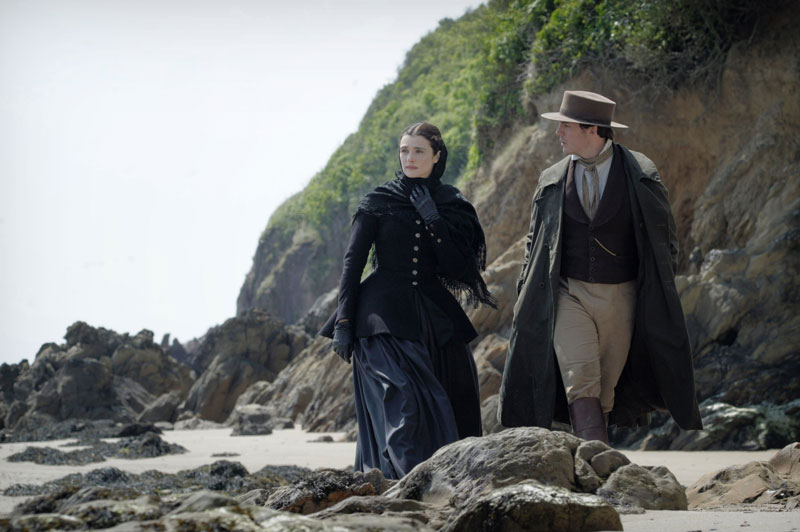
While Alfred Hitchcock's films based upon her novels proceeded to make her one of the best-known authors in the world, she enjoyed the life of a fairy princess in a mansion in Cornwall called Menabilly, which served as the model for Manderley in Rebecca.ĭaphne du Maurier was obsessed with the past. Many have been successfully adapted into films, including the novels Rebecca, Frenchman's Creek, My Cousin Rachel, and Jamaica Inn, and the short stories The Birds and Don't Look Now/Not After Midnight. She continued writing under her maiden name, and her subsequent novels became bestsellers, earning her enormous wealth and fame. A prestigious publishing house accepted her first novel when she was in her early twenties, and its publication brought her not only fame but the attentions of a handsome soldier, Major (later Lieutenant-General Sir) Frederick Browning, whom she married. Her family connections helped her establish her literary career, and she published some of her early work in Beaumont's Bystander magazine. She spent her youth sailing boats, travelling on the Continent with friends, and writing stories.


Her elder sister, Angela du Maurier, also became a writer, and her younger sister Jeanne was a painter. She and her sisters were indulged as a children and grew up enjoying enormous freedom from financial and parental restraint. Born into a family with a rich artistic and historical background, her paternal grandfather was author and Punch cartoonist George du Maurier, who created the character of Svengali in the 1894 novel Trilby, and her mother was a maternal niece of journalist, author, and lecturer Comyns Beaumont. In many ways her life resembles a fairy tale. Daphne du Maurier was born on at 24 Cumberland Terrace, Regent's Park, London, the middle of three daughters of prominent actor-manager Sir Gerald du Maurier and actress Muriel, née Beaumont.


 0 kommentar(er)
0 kommentar(er)
